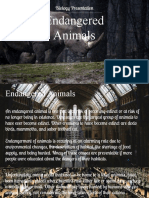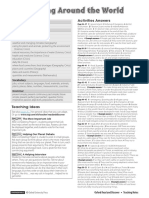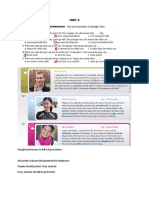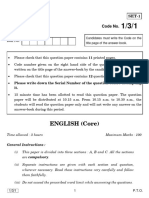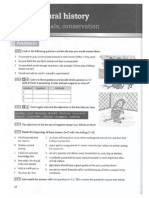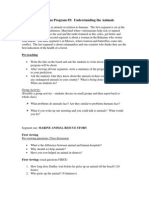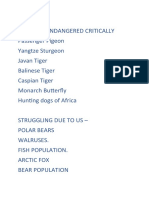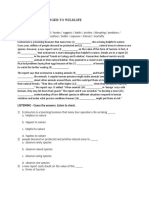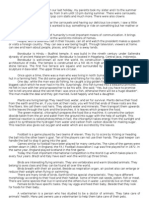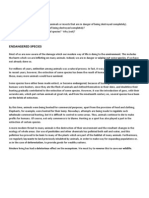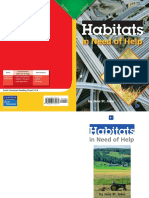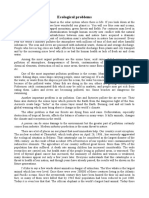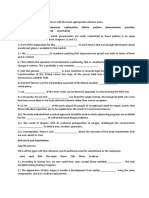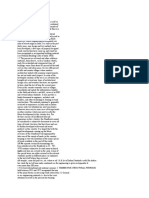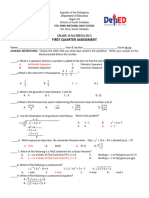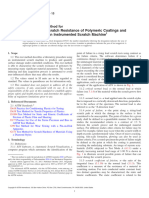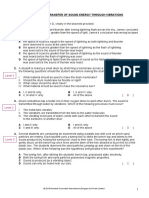0% found this document useful (0 votes)
16 views9 pagesSelfstudys Com File
Chapter 2 discusses the plight of endangered species, particularly focusing on sea turtles and their interactions with humans. It emphasizes the negative impact of human activities on these animals and the importance of conservation efforts. The chapter also highlights how local communities can benefit from eco-tourism while participating in wildlife protection.
Uploaded by
Sarthak KhajekarCopyright
© © All Rights Reserved
We take content rights seriously. If you suspect this is your content, claim it here.
Available Formats
Download as PDF, TXT or read online on Scribd
0% found this document useful (0 votes)
16 views9 pagesSelfstudys Com File
Chapter 2 discusses the plight of endangered species, particularly focusing on sea turtles and their interactions with humans. It emphasizes the negative impact of human activities on these animals and the importance of conservation efforts. The chapter also highlights how local communities can benefit from eco-tourism while participating in wildlife protection.
Uploaded by
Sarthak KhajekarCopyright
© © All Rights Reserved
We take content rights seriously. If you suspect this is your content, claim it here.
Available Formats
Download as PDF, TXT or read online on Scribd
/ 9










